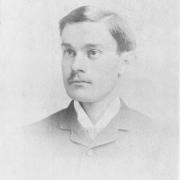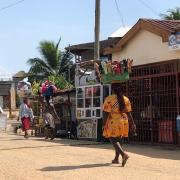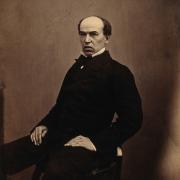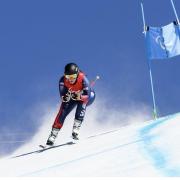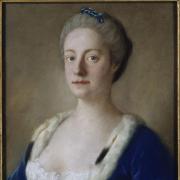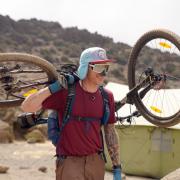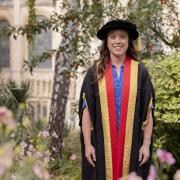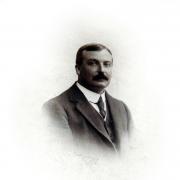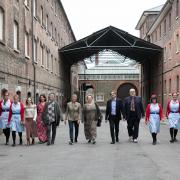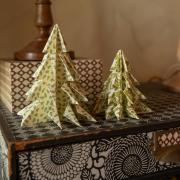The renowned Tunbridge Wells-based artist reveals her fascination with cloth and her inspiration from the natural world
Anne Kelly’s studio could well be mistaken for a Wendy House. As Anne herself says: “It does resemble a small, weatherboarded building with windows.”
The studio is in fact an outbuilding in her garden, with recent renovations to give power, heat and water.
Close to her house near Tunbridge Wells, it is ideal for her art and for teaching.
Originally from Canada, where she trained as a fine artist, Anne also studied at Goldsmith’s College, having previously worked for three years as a gallery assistant. When she first came to England she was based in Kent with relatives and this is where she can be found now.
“Kent is a great county to live and work in, as it is near London and the main airports and transport routes. You can live in a lively town like Tunbridge Wells and be out in the countryside in a few minutes. Kent has such a diverse landscape.”
Indeed it is the natural world that forms Anne’s basic inspiration: “It is all around us and there is so much to look at.” Anne has also been working with the RSPB and enthuses about the birds in her garden.
Anne trained as a print-maker and photographer, but her epiphany came when she started teaching craft and realised she could combine mixed media and textiles. It is the tactile quality of this art form that she finds so appealing.
I asked Anne if it is the image or the materials which form the prime focus? “It’s probably the image,” she says. “I work in themes, so I try to match the colour to the theme of the piece and it can depend on my source materials: you are constrained by what you collect.”
Many of the textiles are given to Anne, but she will also collect choice items from charity shops and car boot sales. Most are second hand or found and many are domestic textiles such as teacloths, handkerchiefs, table clothes and serviettes.
Anne prefers heavy linen, cotton or a wool blend, but old linen is her favourite. She doesn’t dye the cloth but adds colour in with bits of fabric; some domestic cloths have lace which also works well.
“I love the tactile qualities of cloth and that you can work in layers; textiles lend themselves to this. I also like recycling. Things have a history, like people who look for notes in the margins of second-hand books.”
A new project will inevitably start with drawings, sketches and research. Anne is an avid user of the library. She works on more than one piece at a time, as she often works in series, explaining: “I think it is good practise to work that way, as you always have something to turn to if problems arise.”
The works come in a variety of sizes, depending on where it is going to be seen. “Larger, free-hanging works for exhibition can be as large as one metre long and I also do small pieces for selling exhibitions, and everything in between. My largest work to date was a commission for a family in Australia; that measured two metres long.”
Size, scale and deadline all influence how long it takes to create a work. “The work looks labour intensive but often takes less time than may appear as it is done mainly with machine stitching. It’s tricky to say: perhaps three days, but I may go away and come back,” Anne tells me.
Her work day starts at 10am and might go on until 10 hours later. “It’s the thought process, the planning that takes time.”
Anne admires self-trained practitioners, but also suggests that formal art training is important as it can provide a stimulating environment that is also supportive.
Anne is looking forward to appearing at the Prague Patchwork meeting in April, but before that you can see examples of her work at Tunbridge Wells Hospital until February and in the South East Open Studios this summer. n
Get in touch
Anne Kelly has a web blog at annekellytextiles.blogspot.co.uk, which includes details of the teaching and classes you might like to take.
Contact Anne on acegkelly@googlemail.com or 07759 600521.




